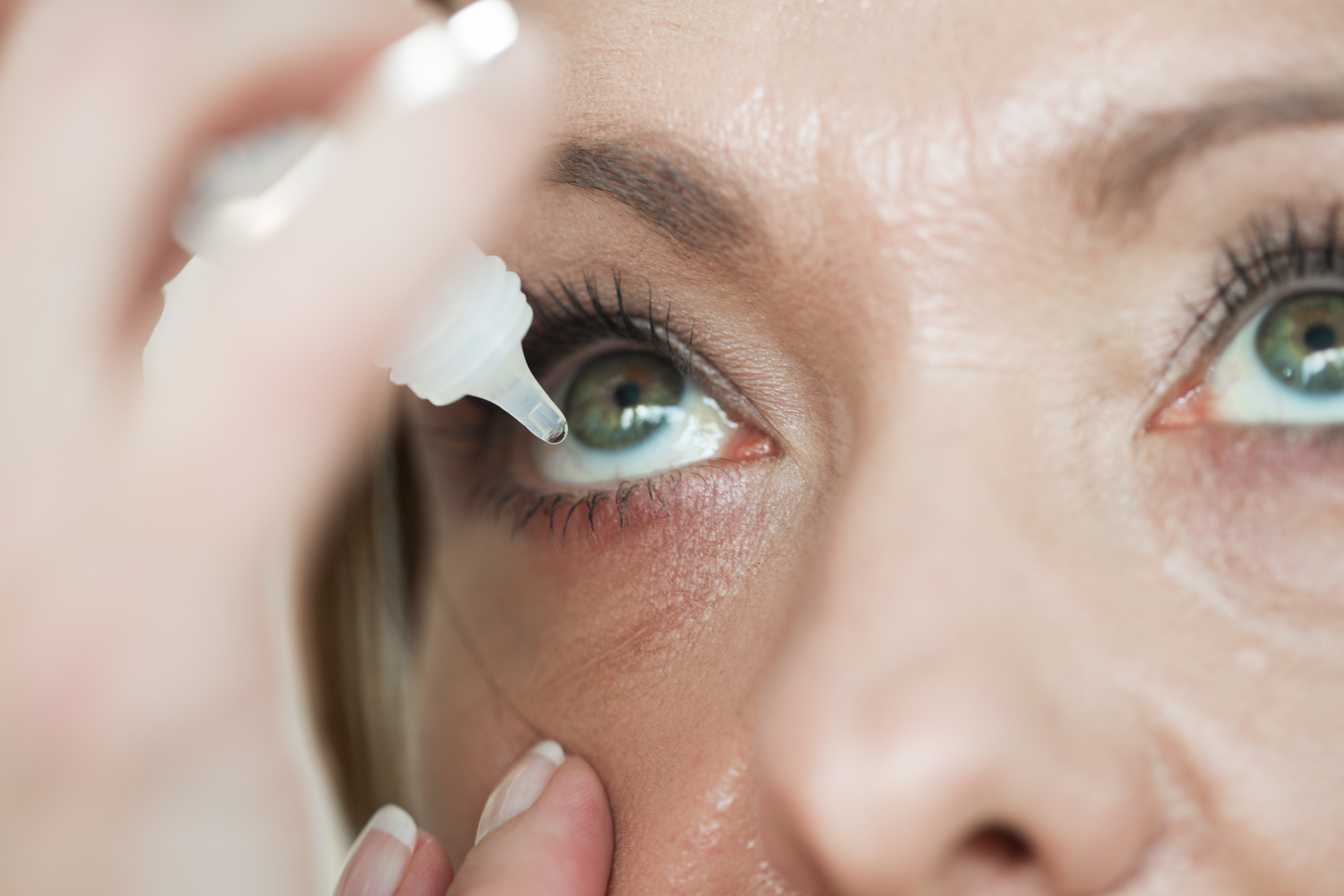All Categories
Featured

While many individuals comprehend the relevance of shielding their skin from the sunlight, the dangerous impacts of ultraviolet (UV) rays on eye health and wellness usually go forgotten. Whether you're soaking up the sunlight on a summer season day or walking outdoors on a gloomy mid-day, guarding your eyes from UV rays is important.
What Are UV Rays? UV rays are a kind of electromagnetic radiation released by the sun. They are categorized right into 3 types:
UVA Rays: These pass through deep right into the skin and eyes and can add to lasting damages. UVB Rays: These rays are more intense than UVA and are largely responsible for surface-level damage to the eyes and skin. UVC Rays: These are the most hazardous but are mainly absorbed by the Earth's ozone layer and don't normally reach us. UVA and UVB rays are the main perpetrators behind eye-related damage.
Short-Term Impacts of UV Direct Exposure on the Eyes. Even short-term exposure to extreme UV rays can damage your eyes. One typical condition triggered by this is photokeratitis, or "sunburn of the eye." Signs and symptoms of photokeratitis include:
Painful, red eyes. Sensitivity to light. Tearing or extreme watering. Short-lived vision loss or fuzzy vision. Photokeratitis is usually short-term, however it acts as a warning of exactly how destructive UV exposure can be, even in little doses.
Long-Term Results of UV Direct Exposure. Long term direct exposure to UV radiation can cause more major and long-term eye problems, such as:
Cataracts: UV rays can speed up the development of cataracts, a problem that causes clouding of the eye's all-natural lens, causing fuzzy vision and, if unattended, blindness.

Macular Deterioration: UV direct exposure can damage the retina, especially the macula, raising the threat of age-related macular degeneration (AMD), which impacts main vision.
Pterygium: A growth of cells on the white component of the eye that can expand over the cornea, triggering pain, inflammation, and vision issues.
Pinguecula: UV exposure can cause yellow-colored down payments to develop on the conjunctiva, leading to irritation and dry skin.
Skin Cancer Cells Around the Eyes: The delicate skin surrounding your eyes is highly at risk to UV radiation, raising the risk of skin cancers like basal cell cancer and squamous cell cancer.
How to Protect Your Eyes from UV Rays. Safeguarding your eyes from UV rays is straightforward and needs a few mindful behaviors:
Purchase High Quality Shades: Select sunglasses that obstruct 100% of UVA and UVB rays. Try to find tags that define "UV 400" defense. Wrap-around designs are perfect as they obstruct UV rays from the sides also.
Use a Wide-Brimmed Hat: A hat with a border at the very least 3 inches vast can significantly minimize UV direct exposure to your eyes and face.
Limitation Direct Exposure During Peak Hours: UV rays are toughest in between 10 a.m. and 4 p.m. If you must be outdoors during these hours, make certain you're adequately shielded.
Do Not Be Fooled by Clouds: UV rays can permeate with clouds, so it is necessary to use sunglasses also on overcast days.
Protect Your Eyes Year-Round: Snow, sand, and water can mirror UV rays, escalating their impacts. Eye security isn't simply for bright summer days-- guarantee you're covered in all seasons.
Usage UV-Blocking Call Lenses: Many call lenses currently include UV security. If you wear calls, ask your eye physician regarding lenses with integrated UV filters for included security.
Urge Eye Security for Children: Kid's eyes are extra sensitive to UV rays due to the fact that their lenses are clearer, permitting more radiation to reach the retina. Make sure they wear sunglasses and hats throughout outdoor activities.
Regular Eye Tests. Normal exams with an eye care specialist are crucial for very early detection of any UV-related damages. An optometrist or ophthalmologist can examine your eyes, advise protective measures, and spot conditions like cataracts or macular deterioration early on.
Conclusion. UV rays present a substantial hazard to eye health, and their impacts can accumulate gradually. Nevertheless, with the right preventative measures, you can minimize these threats and shield your vision. By putting on UV-blocking sunglasses, restricting sunlight direct exposure during peak hours, and staying consistent with eye tests, you can ensure your eyes stay healthy and your vision remains clear for many years to find. Shielding your eyes from UV radiation isn't nearly convenience-- it's an important step in maintaining your long-lasting eye health and wellness.
Latest Posts
Uncover Reduce Expenses on Car Maintenance with Montclare Auto Repair’s Special Deals
Explore Your Wyoming Banking Partner – Your Path to Superior Financial Services in Wyoming
Discover Your Financial Partner at WyHy – Key Advantages for Your Future
More
Latest Posts
Uncover Reduce Expenses on Car Maintenance with Montclare Auto Repair’s Special Deals
Explore Your Wyoming Banking Partner – Your Path to Superior Financial Services in Wyoming
Discover Your Financial Partner at WyHy – Key Advantages for Your Future